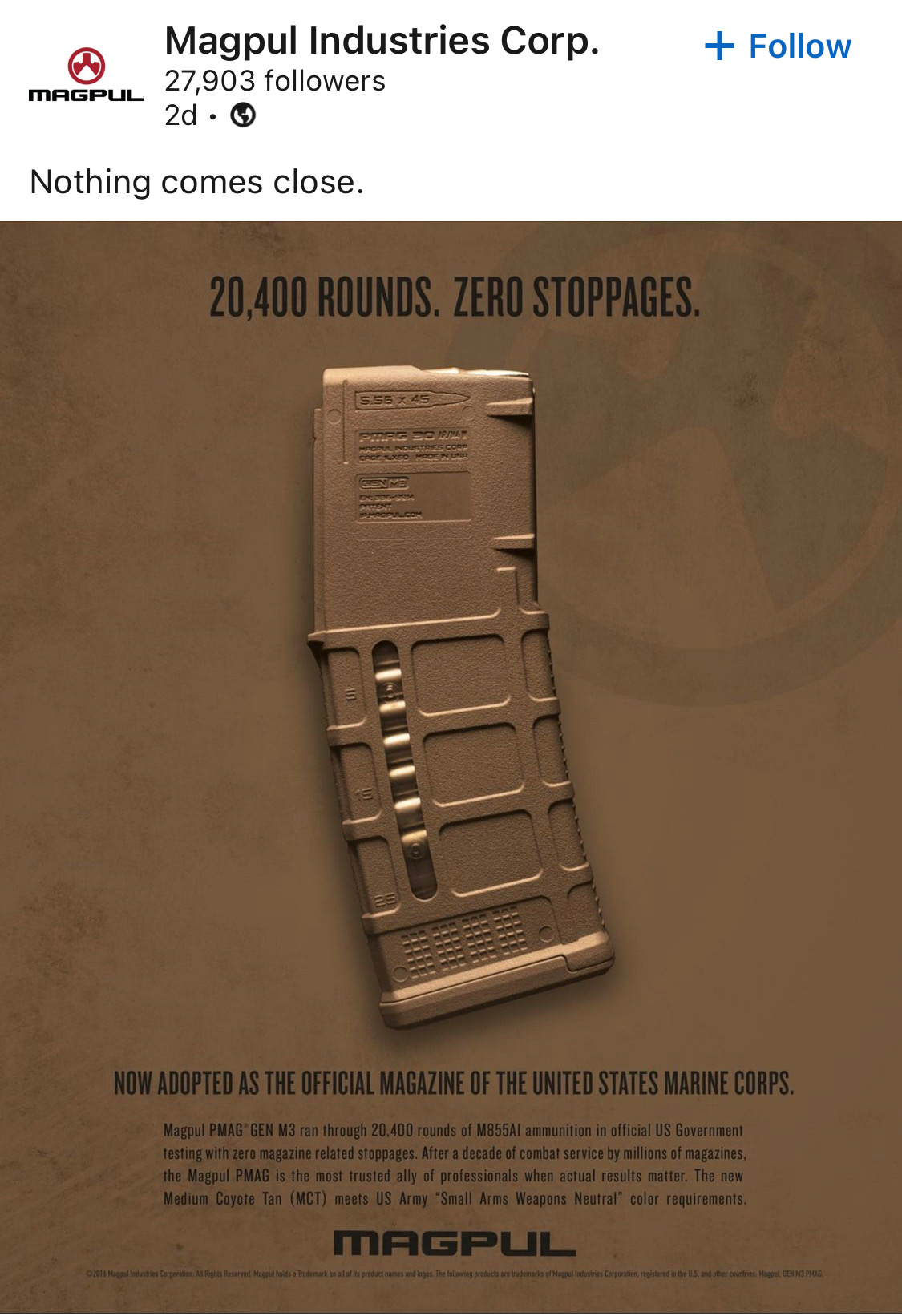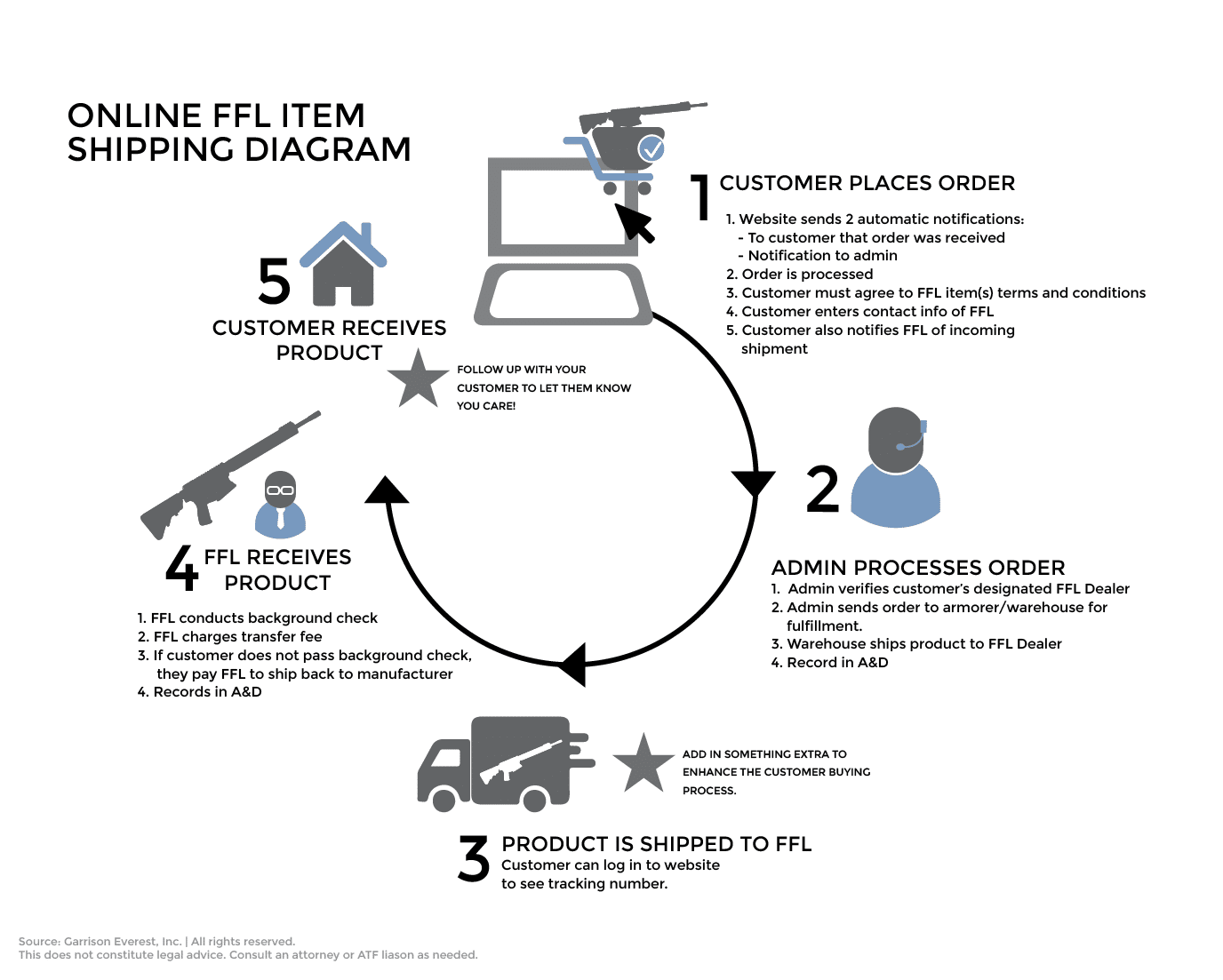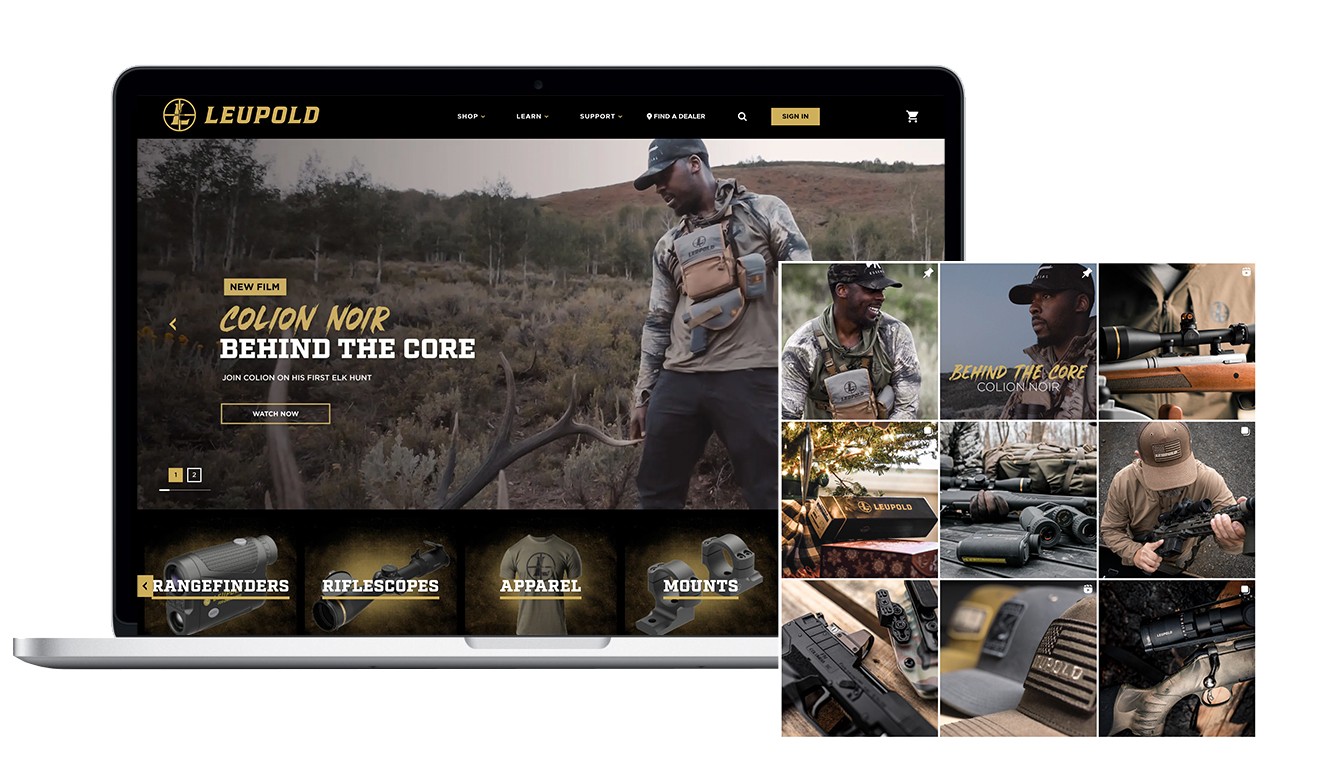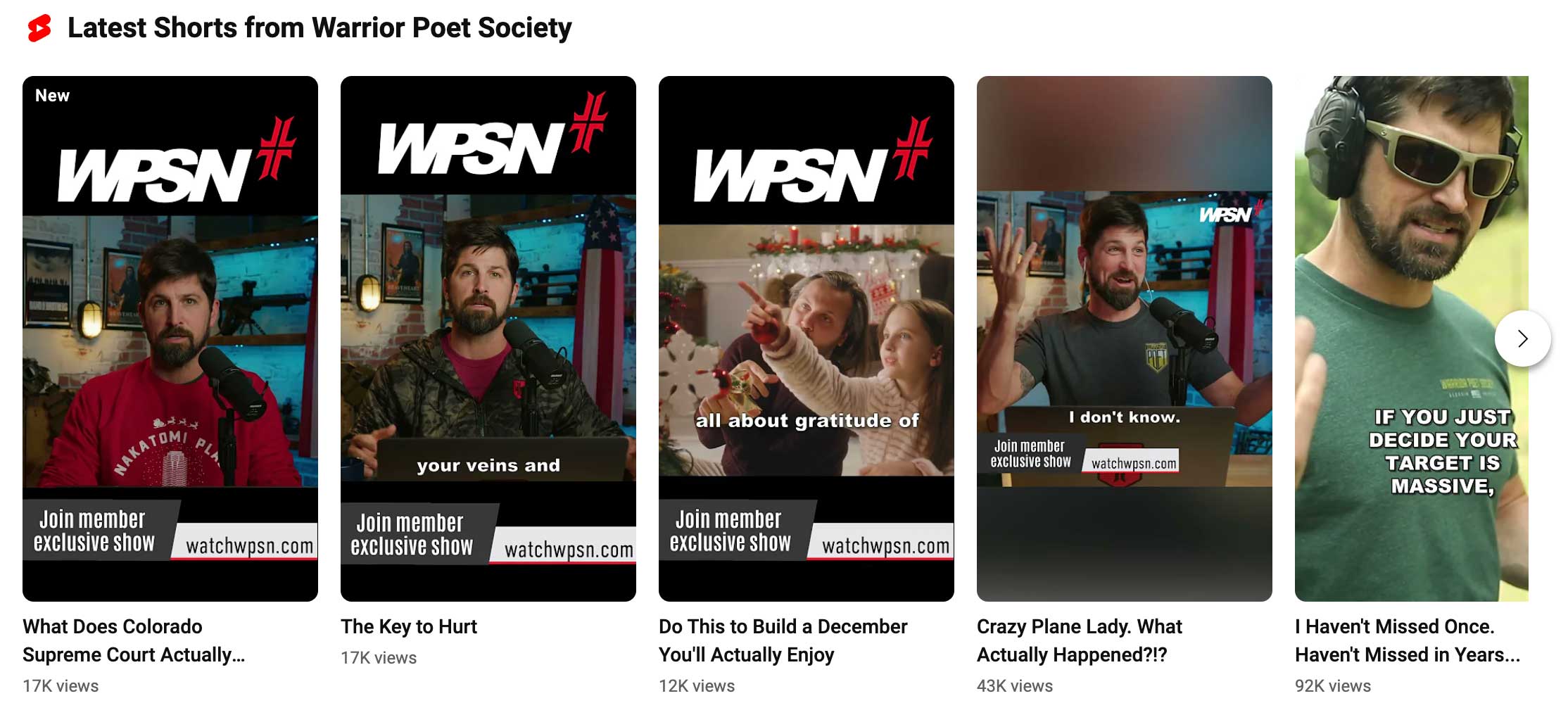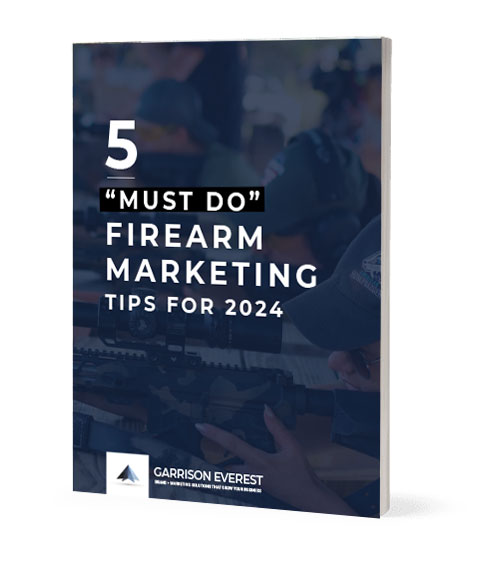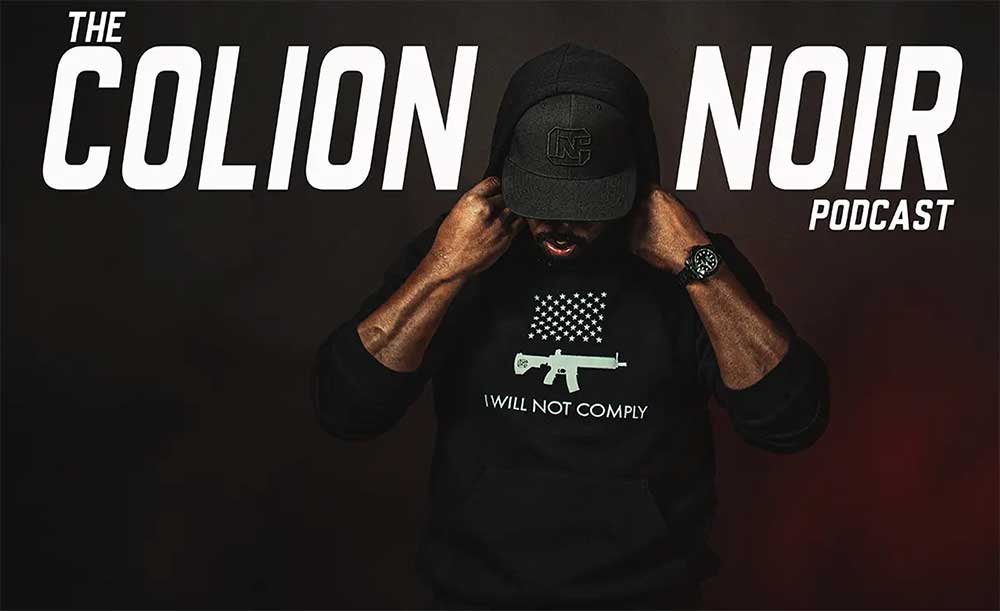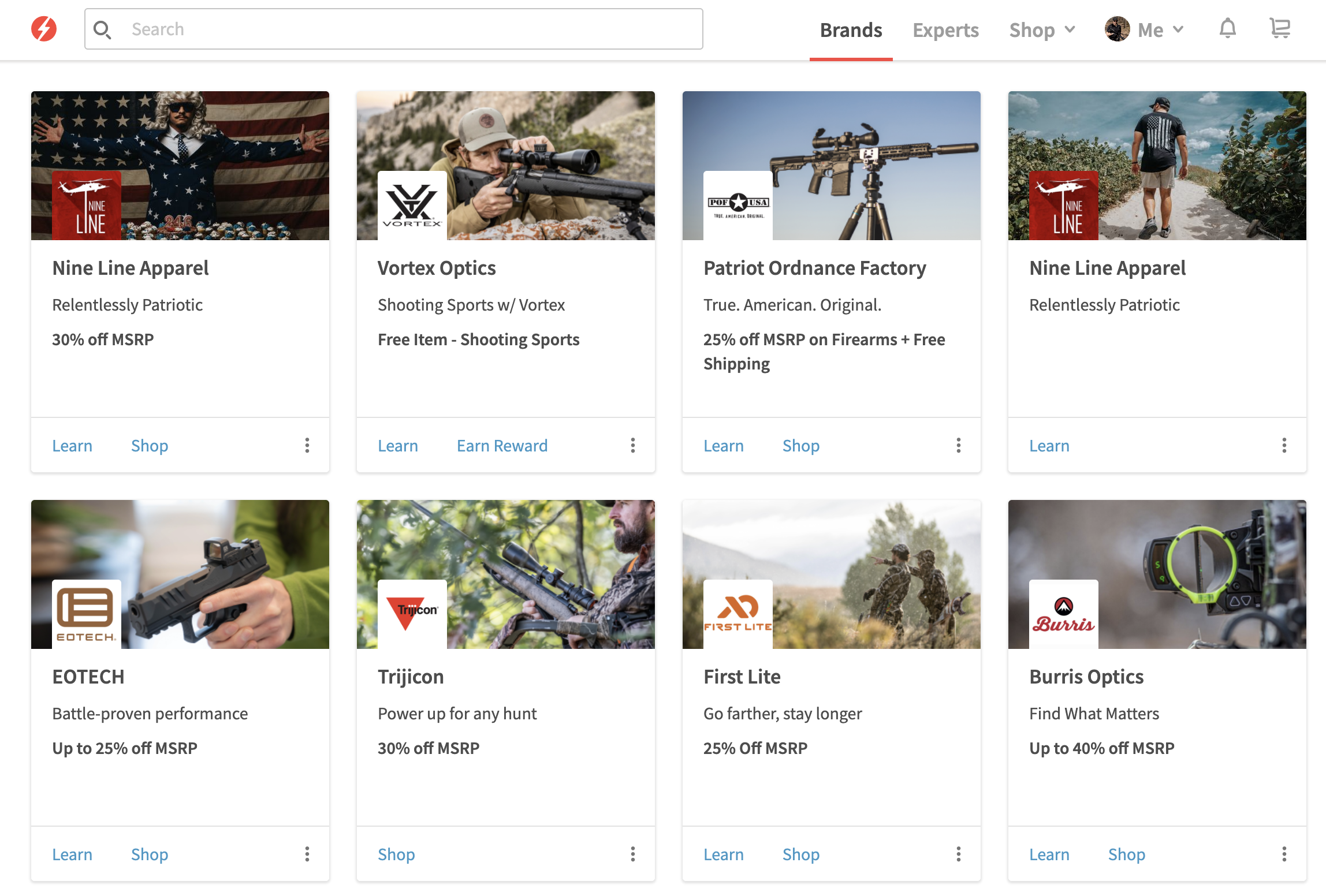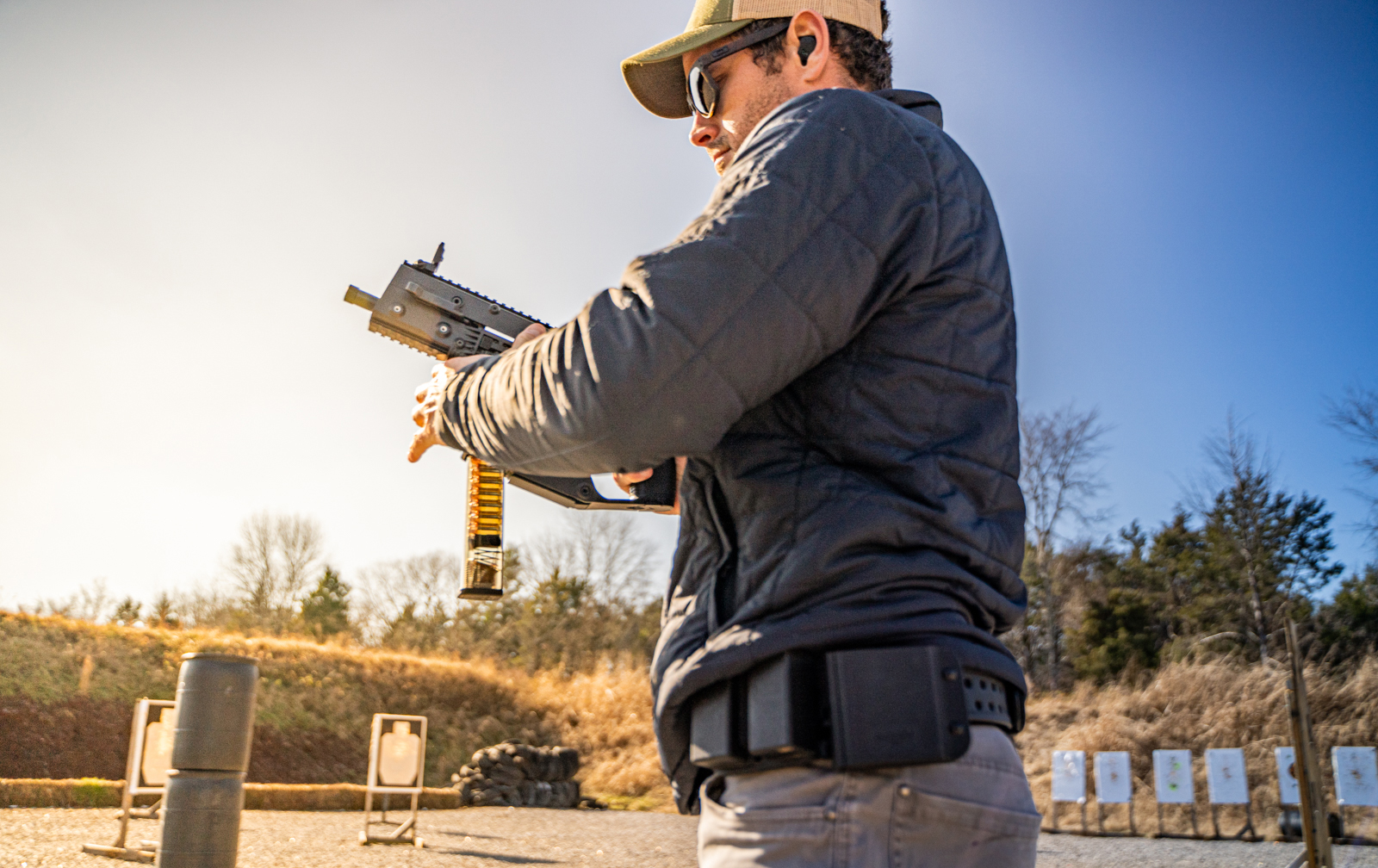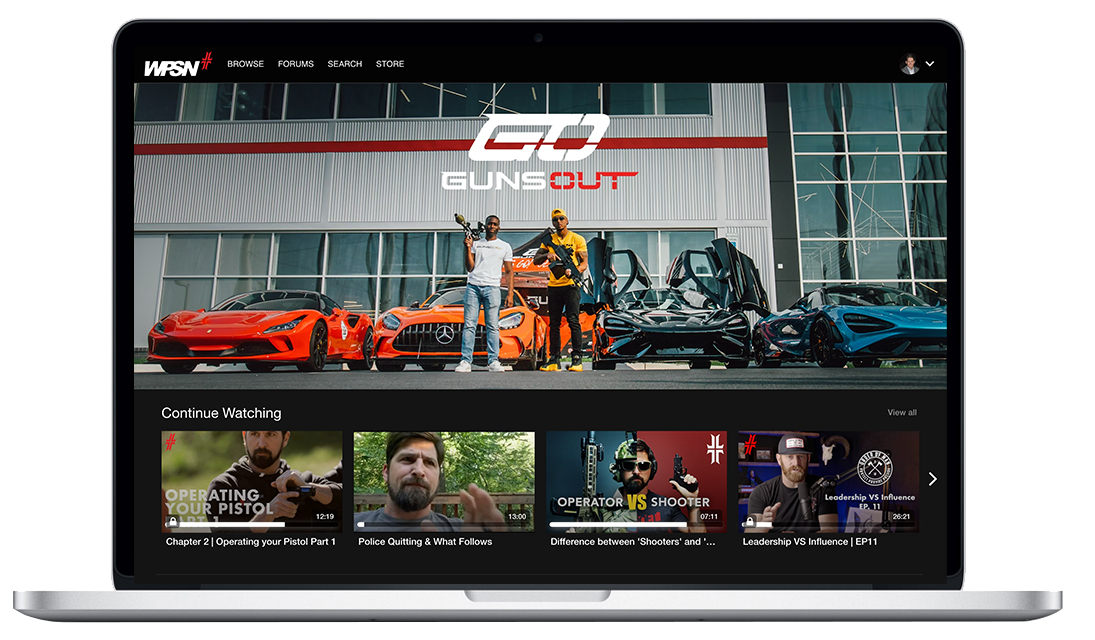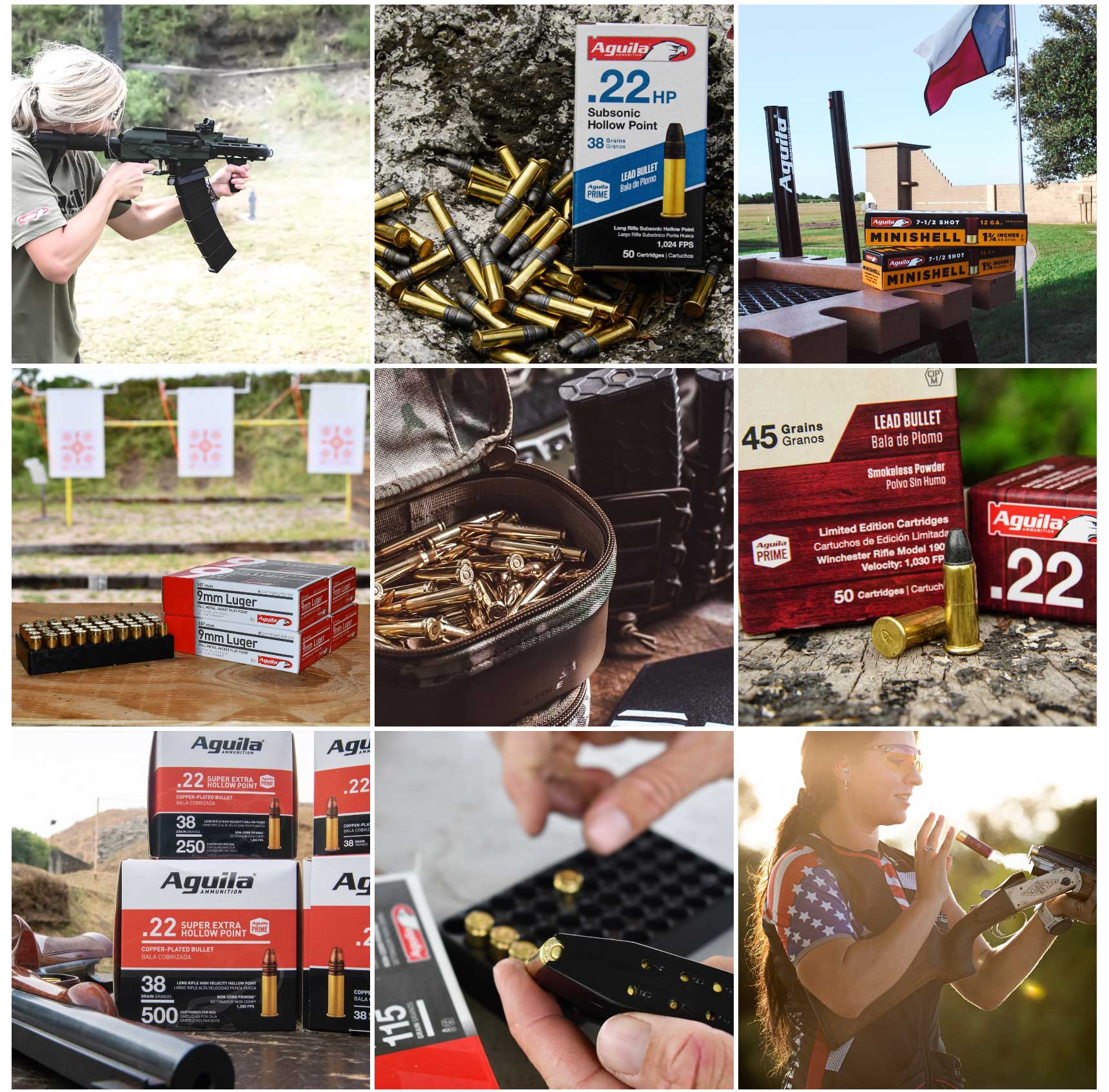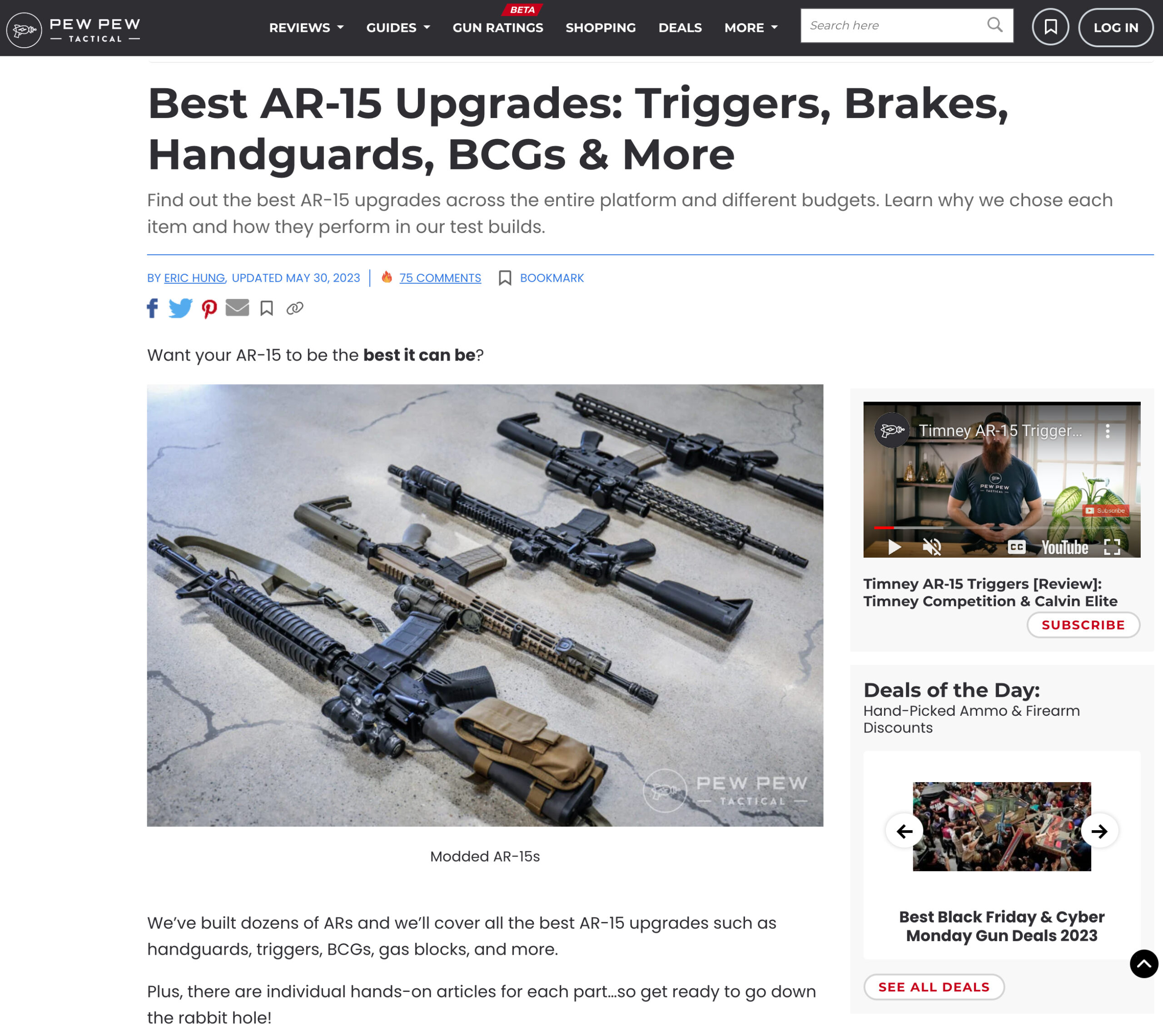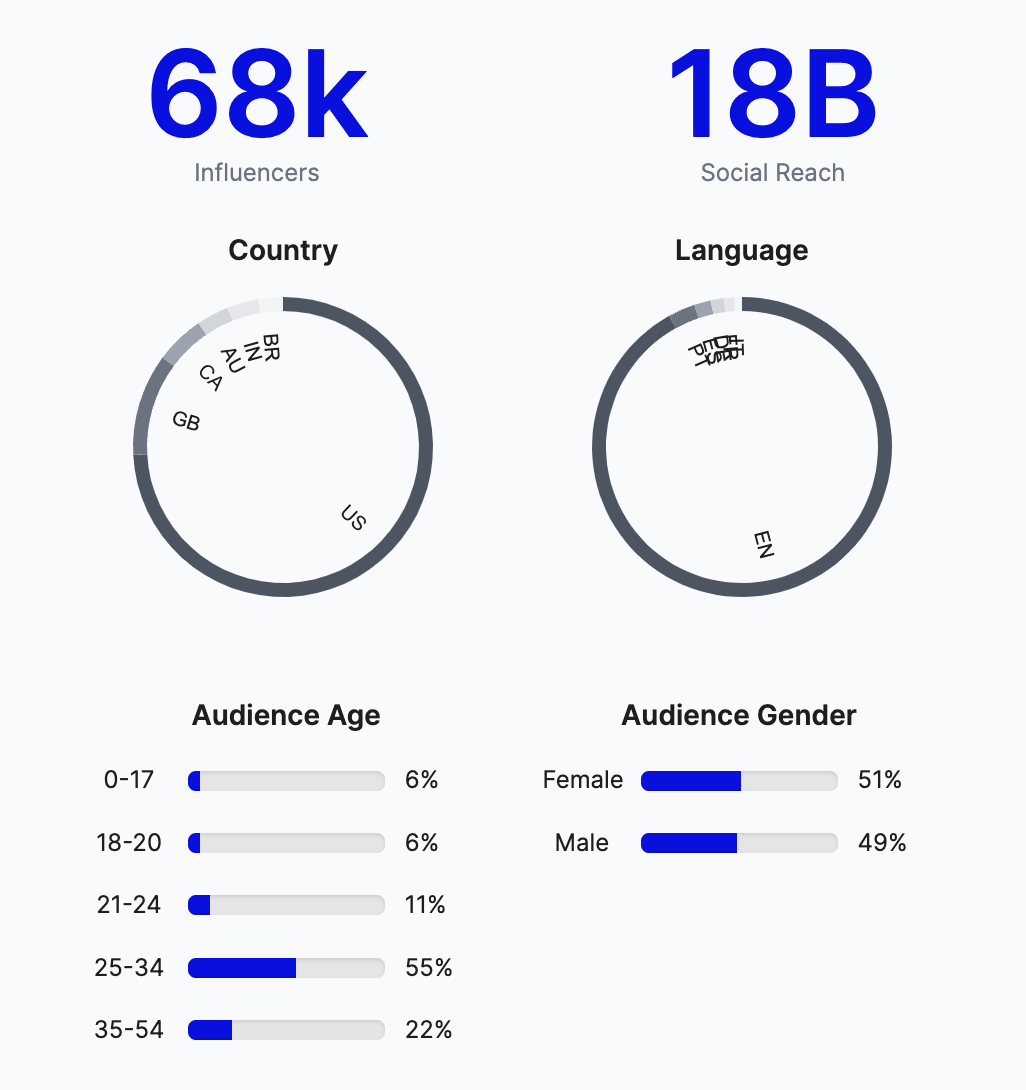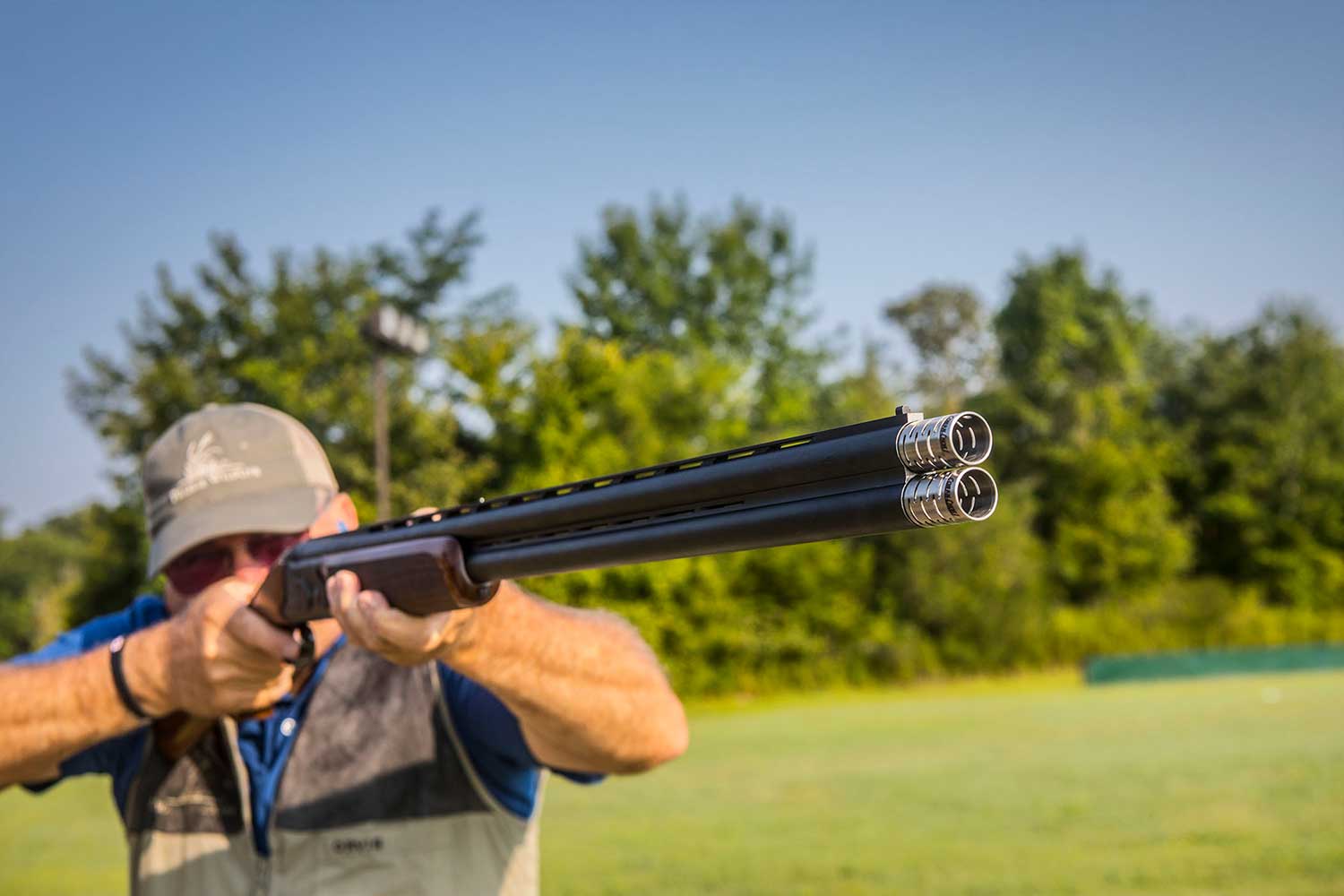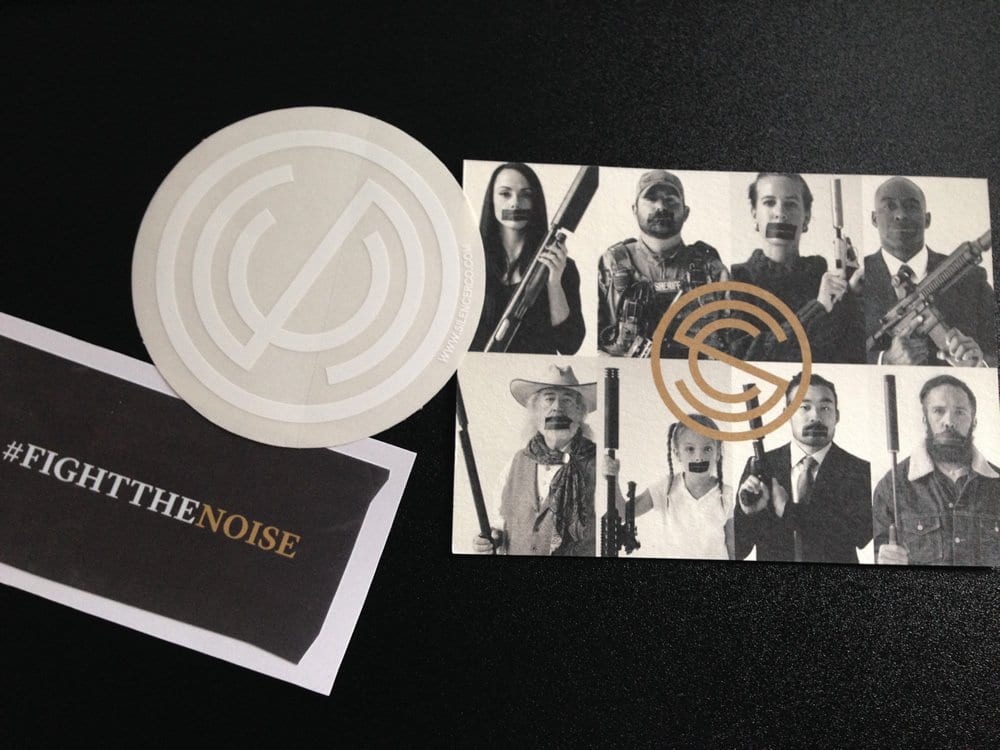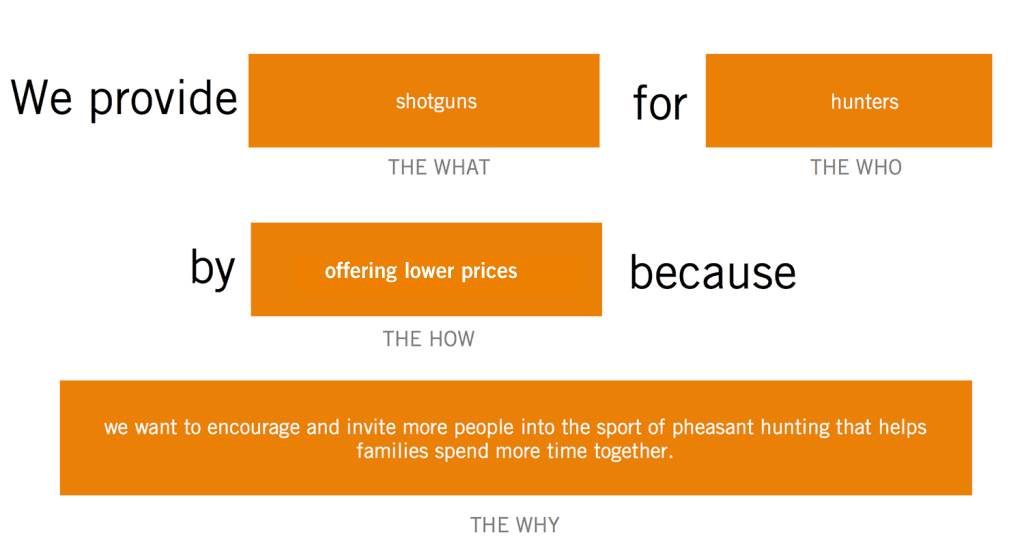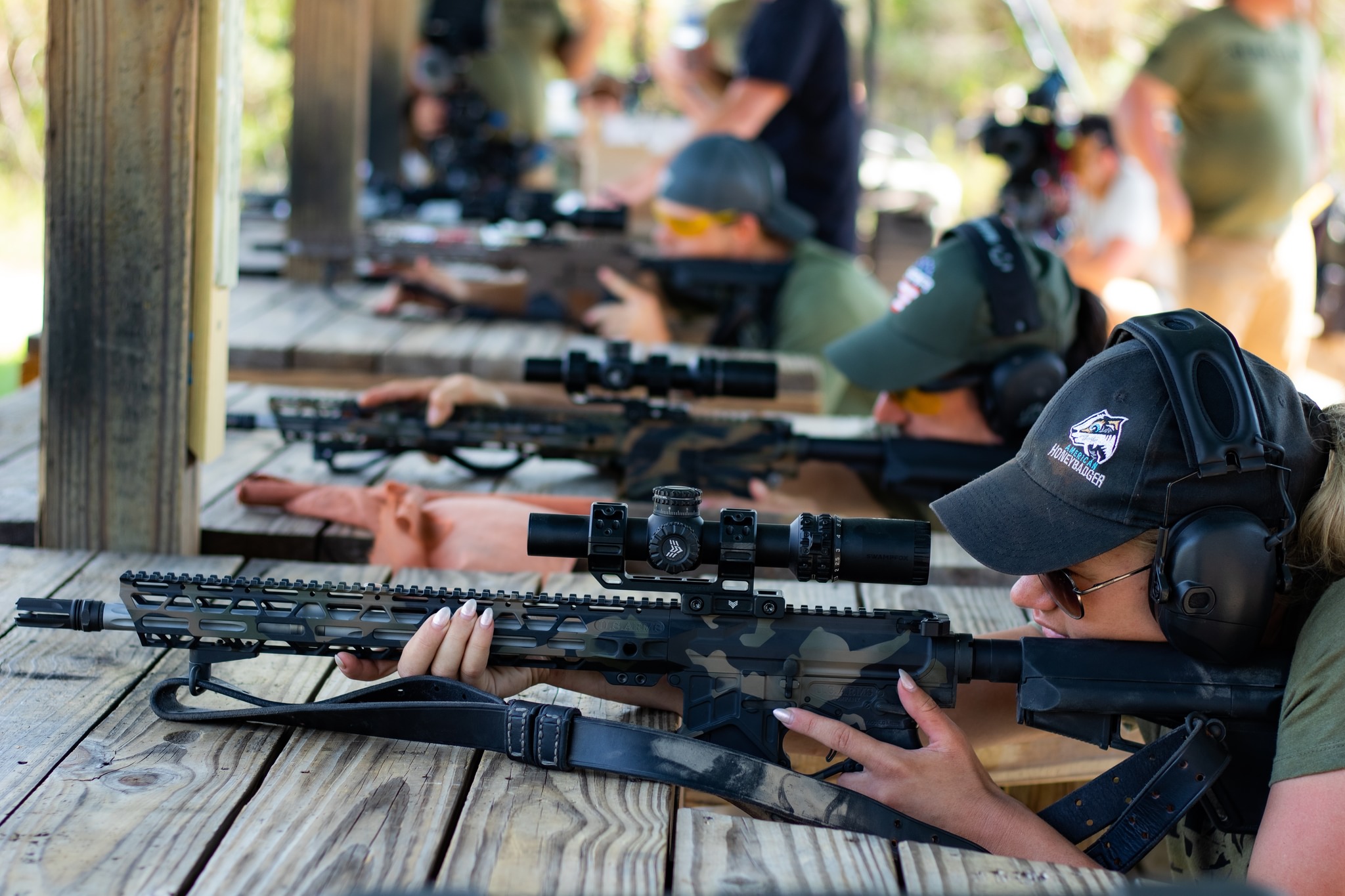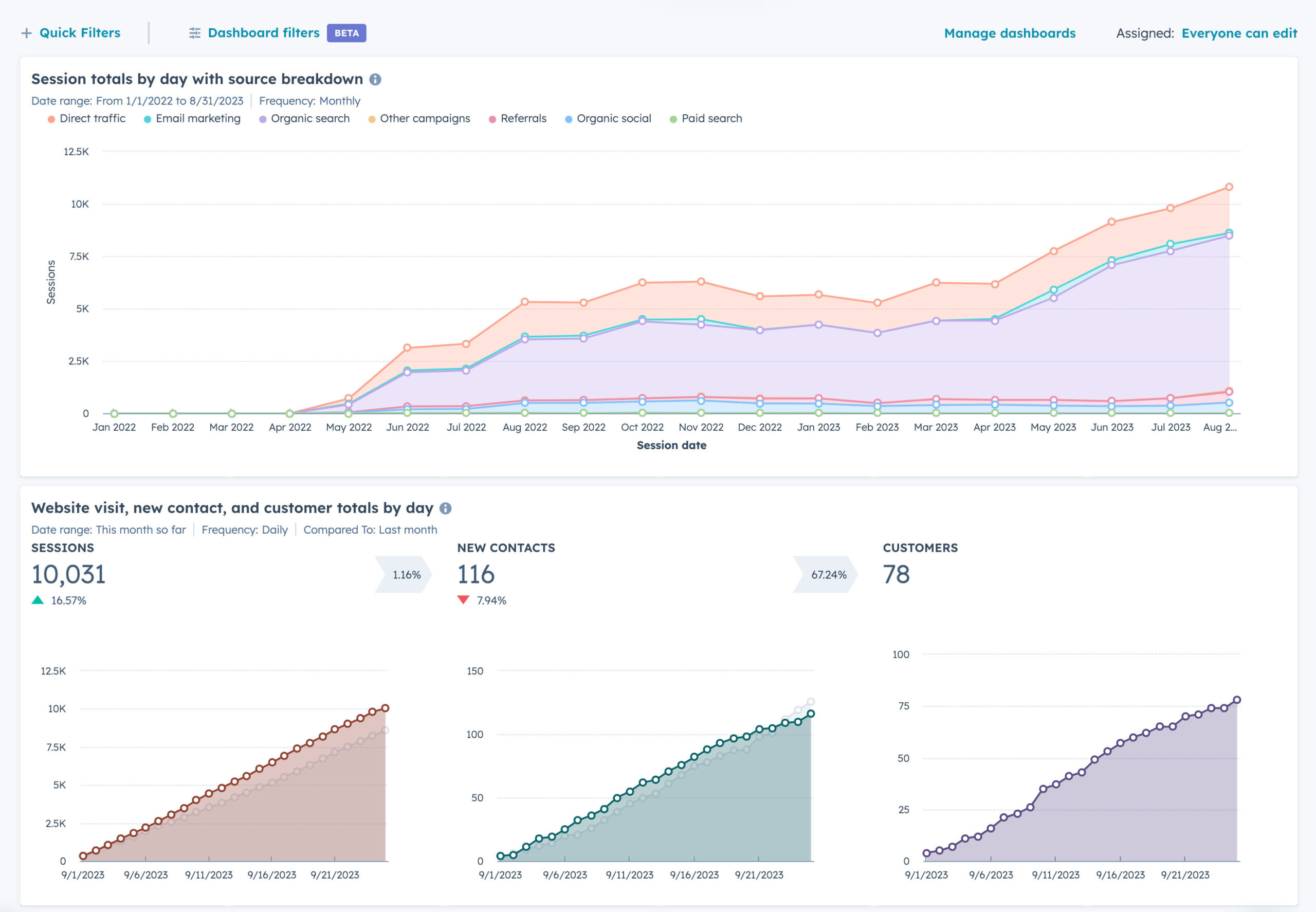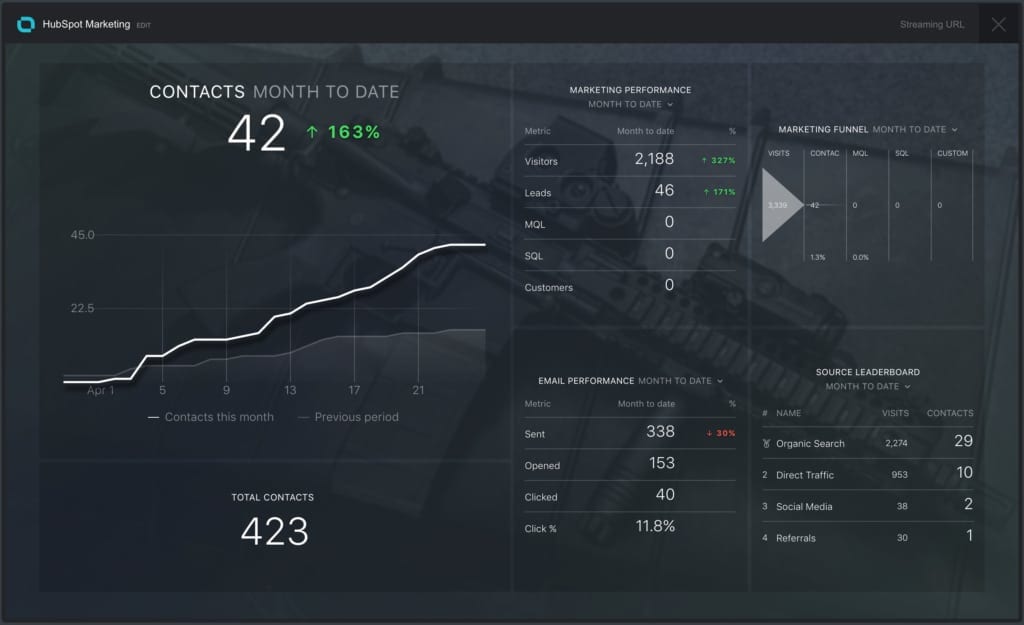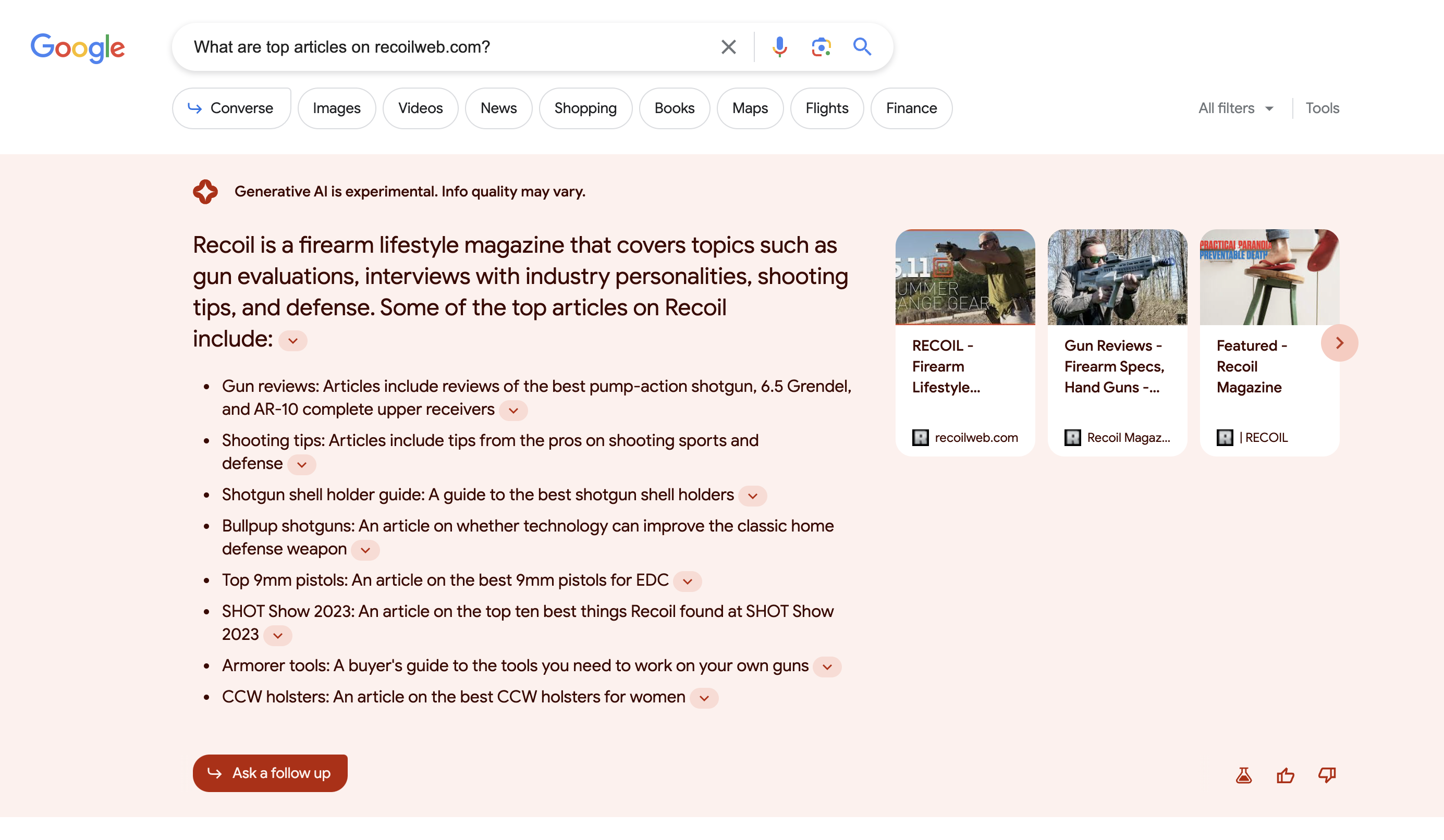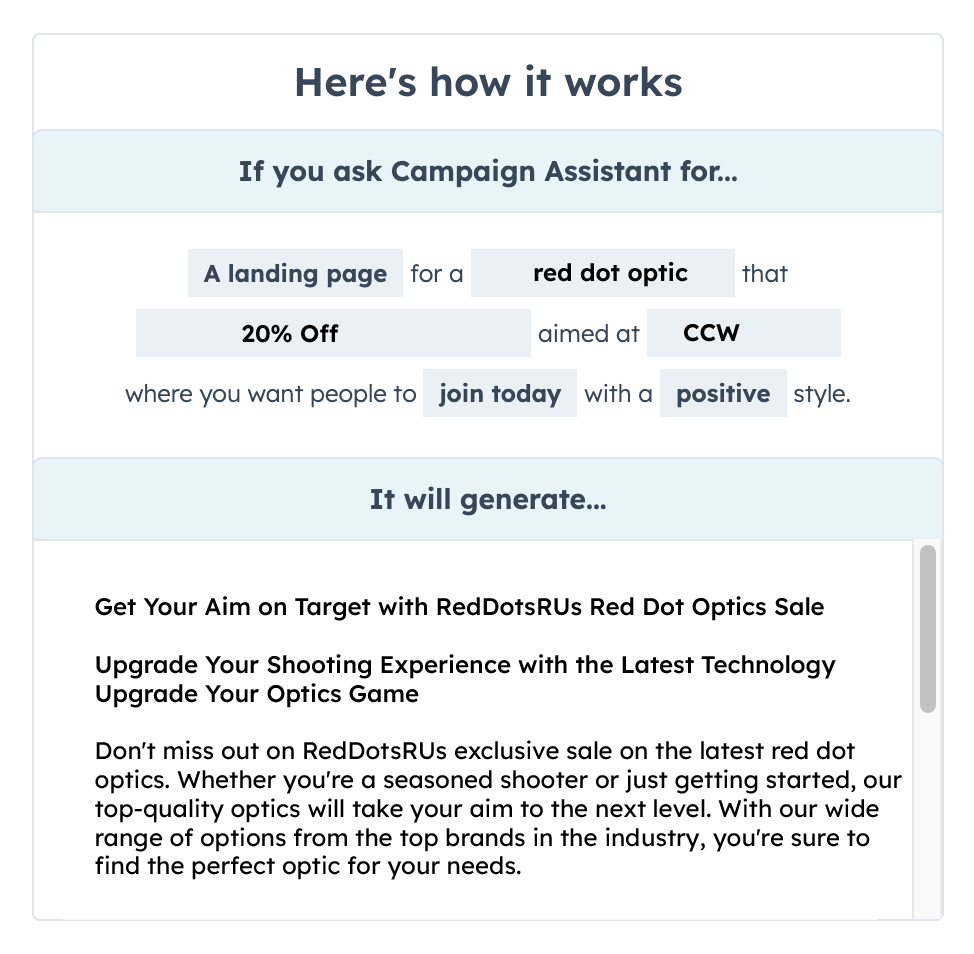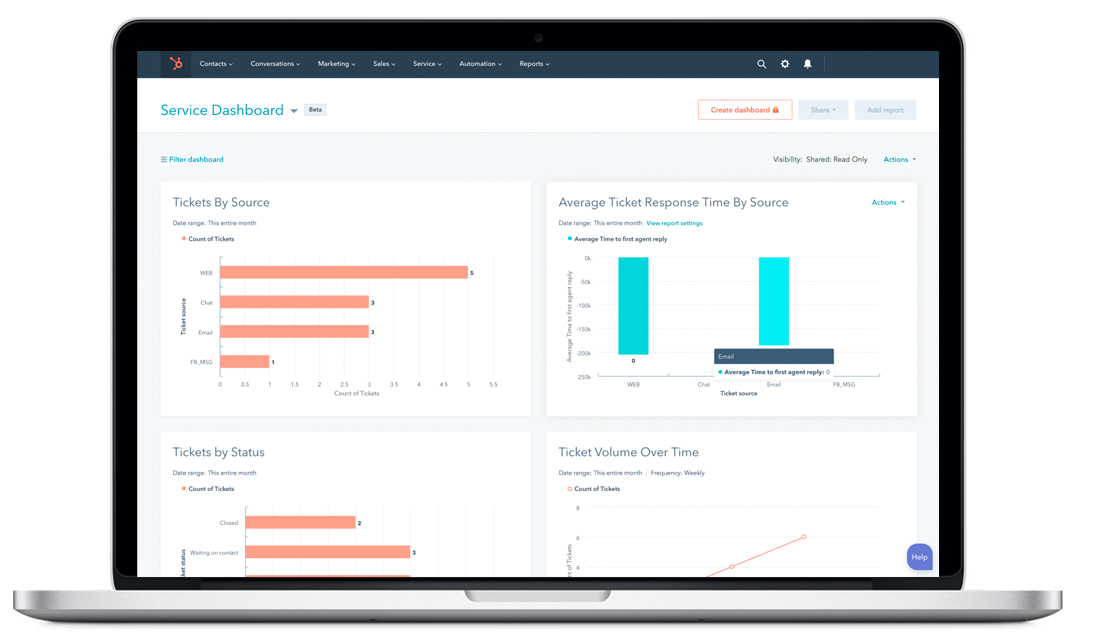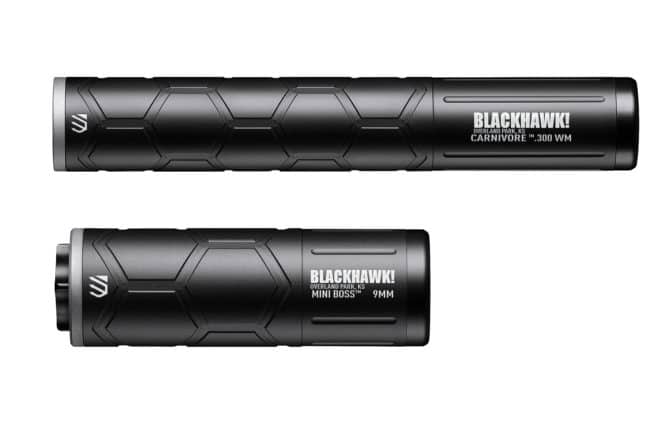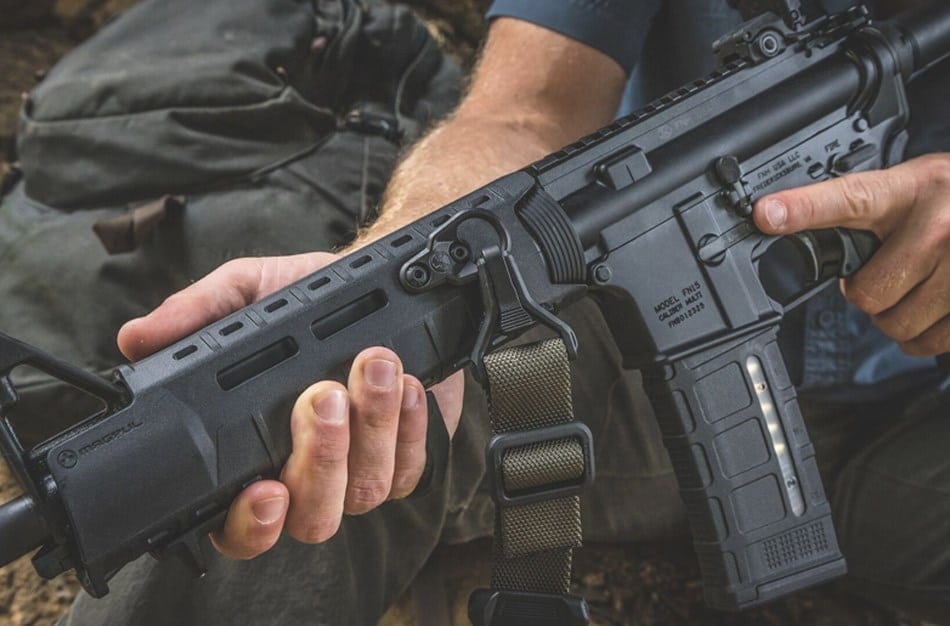In today’s competitive firearms market, driving sales and maximizing ROI demands a strategic and targeted approach. Navigating the complex landscape of firearms marketing requires more than just a surface-level understanding of the industry—it calls for a comprehensive arsenal of effective tactics. From leveraging digital platforms to harnessing the power of compelling storytelling, the key lies in deploying methods that not only elevate brand visibility but also resonate with the firearm enthusiasts’ community.
Crafting a multifaceted marketing strategy tailored to the unique intricacies of the firearms industry is essential for businesses aiming to stand out amidst the crowd. This article delves into the pivotal tactics that can ignite sales and propel your brand towards lasting success. By honing in on the most impactful strategies, you’ll translate marketing investments into tangible results while forging meaningful connections with a discerning audience.
Dig in as we go through the basic frameworks of firearms marketing, where precision, creativity, and a deep understanding of the market are the ammunition for driving remarkable ROI.
Understanding the firearms market
The firearms market is a complex and ever-evolving industry that encompasses a wide range of products, from handguns and rifles to ammunition and accessories. Understanding the nuances of this market is crucial for devising an effective firearms marketing strategy. It’s essential to stay abreast of constantly changing state and federal regulatory changes, industry trends, politics, and consumer preferences to tailor your approach accordingly.
Firearm Market Facts:
- Across the United States, 16.4 million firearms were sold in 2022.
- The U.S. Firearm industry contributes $51.3 billion to the economy.
- The firearms industry employs 169,523 people across the U.S.
- 45% of American households own at least one firearm.
- The U.S. firearm industry is worth approximately $28 billion.
(Source: Zippia)
To truly resonate with the firearms community, businesses need to appreciate the cultural, political, and historical significance of firearms. By recognizing the emotional and practical roles that firearms play in the lives of enthusiasts, collectors, law enforcement, military, CCWs, hunters, competition shooters and others—marketers can create campaigns that speak to these deeper connections. Furthermore, a thorough understanding of the competitive landscape and market dynamics is essential for identifying opportunities and setting realistic goals for sales and ROI.
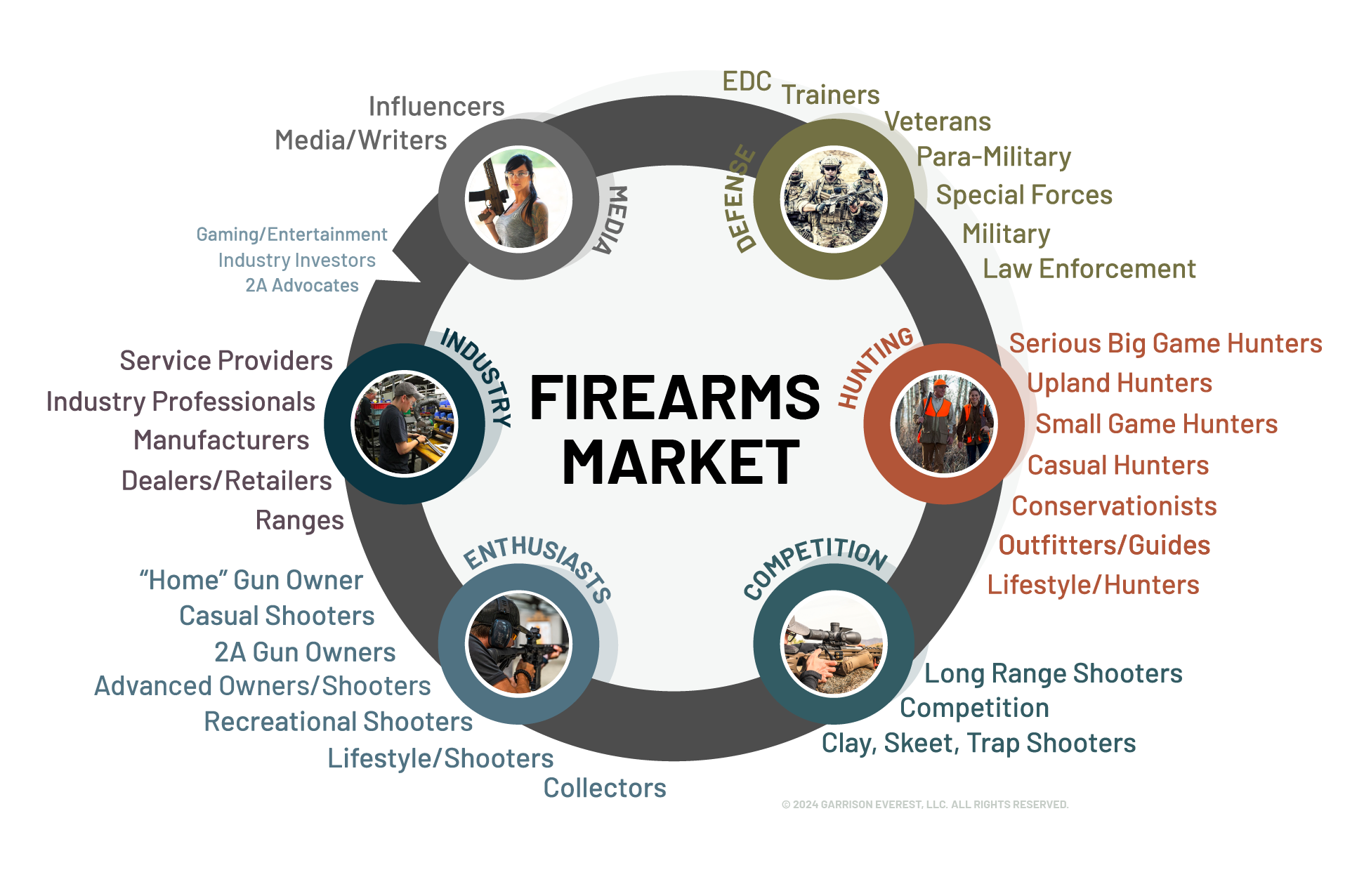
PRO TIP: Individuals who own firearms exhibit a wide range of attitudes, interests, sub-cultures, and beliefs. It’s essential to recognize that a one-size-fits-all approach may not be effective in firearm marketing. Before starting a firearm business or conducting marketing, ensure to conduct a thorough investigation.

Participants in National Shooting Sports Month. Photo Credit: NSSM
The importance of marketing in the firearms industry
Marketing serves as the bridge between firearms businesses and their target audience. It’s not just about promoting products; rather, it’s about building firearm brand recognition, establishing trust, and nurturing long-term customer relationships. In a crowded market, effective marketing and exceptional branding can be the key differentiator that sets a firearm brand apart from its competitors.
Moreover, given the sensitive nature of firearms, responsible and ethical marketing practices are highly recommended. This includes adhering to legal regulations and promoting safe and responsible firearm usage. A well-crafted marketing strategy can also help in dispelling myths and misconceptions surrounding firearms, thereby contributing to a more informed first-time buyer, and pushing back on those who seek to ban firearms.
Essentially, marketing in the firearms industry goes beyond merely boosting sales. It involves shaping perceptions and nurturing a culture of respect, empowerment and responsibility. This, in turn, appeals to individuals who wish to defend life, liberty, and property—rights guaranteed to every American under the United States Constitution.
PRO TIP: In light of recent lawsuits and ongoing pressure from anti-gun groups, it’s advisable to review your advertising and marketing practices with legal experts specializing in firearm industry laws.

Attendees at SHOT Show
Target audience and buyer personas
Understanding the target audience is fundamental to the success of any marketing campaign, and the firearms industry is no exception. Firearms enthusiasts encompass a diverse range of individuals, from hunting and sport shooting enthusiasts to collectors and self-defense advocates. Each segment has distinct motivations, preferences, and purchasing behaviors that need to be considered in crafting targeted marketing messages.
There are six firearm market categories (as shown in the Firearms Market graphic above). And within each category—numerous segments and sub-segments.
- Defense
- Hunting
- Competition
- Enthusiasts
- Industry
- Media
Developing detailed buyer personas can provide invaluable insights into the psyche of potential customers. By understanding their demographics, interests, and pain points, marketers can tailor their messaging and offers to resonate with specific segments of the firearms community. Whether it’s addressing the technical specifications that appeal to avid shooters or the historical significance that captivates collectors, aligning marketing efforts with the intricacies of buyer personas is pivotal for driving engagement and conversions.
PRO TIP: Outline your personas early in your marketing to direct your messaging and goals.
Crafting compelling content for firearms marketing
In the digital age, content has emerged as a powerful tool for engaging audiences and driving brand awareness. For firearms marketing, compelling content goes beyond product descriptions and specifications—it’s about telling stories that resonate with enthusiasts on a personal level, answering questions about your product and its unique specifications and innovations. Whether it’s highlighting the refurbishing of a family heirloom or sharing the experiences of individuals whose lives have been positively impacted by responsible firearm ownership, storytelling can humanize brands and forge emotional connections.
In addition to storytelling, educational content that provides valuable insights into firearm maintenance, training, safety practices, and industry developments can position a brand as a trusted authority. This not only fosters credibility but also cultivates a community of informed and loyal followers. Leveraging various content formats such as blogs, videos, trade show presentations, range demos, infographics, and podcasts allows marketers to cater to diverse preferences and capture the attention of a wider audience. All of this serves to drive qualified traffic to your firearms ecommerce website that generates email subscribers and lifetime customers
PRO TIP: Utilize a clear messaging framework to tell compelling stories and clarify your messaging.
Leveraging social media for firearms marketing
Social media platforms are a thorny issue in the firearms industry. Rules are hard to understand and at times don’t make sense. The threat of getting cancelled or censored is an ongoing occurrence. Regardless, social media is still an indispensable channel for firearms marketing, offering the ability to reach and engage with a vast audience. From sharing visually captivating images of firearms to fostering discussions around industry-related topics, social media presents a myriad of opportunities for brands to showcase their offerings and connect with enthusiasts.
Creating a consistent and authentic brand presence on social media can humanize the business and facilitate meaningful interactions with followers. Engaging in two-way communication, responding to inquiries, and soliciting user-generated content can further reinforce brand loyalty and advocacy. Leveraging paid advertising on platforms such as Facebook and Instagram are mostly a non-starter but if you have a product that aligns with their rules (safety glasses, ear protection, dry-firing, apparel, holsters, cases etc.) you can use precise targeting, ensuring that marketing messages reach the most relevant audience segments. By maintaining a strategic approach, social media can be used in amplifying brand visibility and driving conversions.
PRO TIP: Given the sensitive nature of firearms, marketers must approach social media with a nuanced understanding of platform policies and community guidelines. Always have a plan B, and don’t build your content on one platform.
Email marketing strategies for firearms businesses
Email marketing remains a stalwart tactic for engaging existing customers and nurturing leads within the firearms industry. Crafting personalized and relevant email content can keep the brand top-of-mind for enthusiasts, whether it’s announcing new product launches, sharing educational resources, or offering exclusive promotions. Building segmented email lists based on customer preferences and behaviors allows for tailored messaging that resonates with specific segments of the audience.
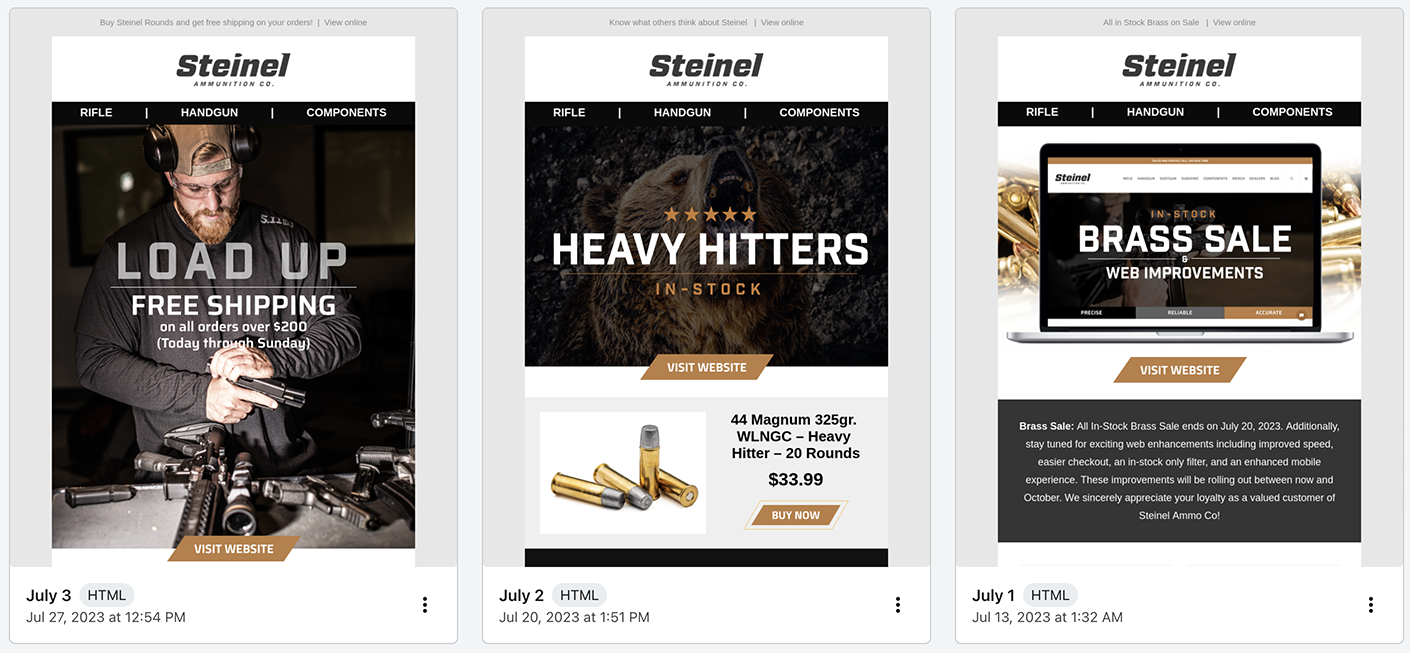
Steinel Ammo Co. Email Marketing
Moreover, email automation can streamline the communication process, ensuring that timely and targeted messages are delivered without overwhelming subscribers. Incorporating visually appealing designs and compelling CTAs can enhance the effectiveness of email campaigns, prompting recipients to take desired actions. Furthermore, tracking and analyzing email engagement metrics provides valuable insights for refining future campaigns and optimizing ROI. When executed thoughtfully, firearm email marketing can foster enduring customer relationships and drive repeat purchases.
PRO TIP: Flexible Email Service Providers (like Klaviyo or HubSpot) work the best. Never conduct cold/spam emailing. It doesn’t work and it ticks your would-be customers off.
Search engine optimization for firearms websites
With a plethora of information available online, ensuring that a firearms business’s website ranks prominently in search engine results is crucial for driving organic traffic and generating email subscribers and sales. Implementing sound firearm SEO strategies involves optimizing website content, meta descriptions, and tags with relevant keywords that resonate with the firearms community. Additionally, creating valuable and shareable content that attracts backlinks from reputable sources can bolster the website’s authority and visibility.
Local SEO is particularly important for firearms businesses with physical storefronts, as it helps prospective customers in the vicinity discover and engage with the brand. Ensuring consistent business information across online directories and maintaining positive reviews can bolster local search visibility. Monitoring and adapting to search engine algorithm updates and user behavior trends is essential for staying ahead in the competitive digital landscape. By prioritizing SEO, firearms businesses can establish a strong online presence and attract qualified leads.
PRO TIP: Make sure to prioritize exploring new alternative search engines like Brave and Duck Duck Go, as well as traditional platforms like Yahoo!, which continue to be popular among older enthusiasts.
Influencer marketing in the firearms industry
Influencer marketing has emerged as a compelling avenue for firearms businesses to amplify their reach and credibility. Collaborating with firearms influencers who have a genuine passion for firearms and a dedicated following within the community can yield authentic and impactful endorsements. Whether it’s showcasing product demonstrations, sharing personal experiences, or participating in industry events, influencers can lend a human touch to the brand and foster trust among their audience.
Identifying influencers whose values align with those of the brand and whose audience mirrors the target customer base is essential for creating authentic partnerships. Leveraging influencer-generated content across various marketing channels can amplify brand visibility and stimulate engagement. Moreover, tracking key performance indicators such as engagement rates, website traffic, and conversions resulting from influencer collaborations is crucial for assessing the impact on ROI. When executed with transparency and integrity, influencer marketing can be a potent catalyst for expanding the brand’s reach and driving sales.
PRO TIP: Choose influencers that have true influence, not influencers who don’t necessarily have subject matter expertise.
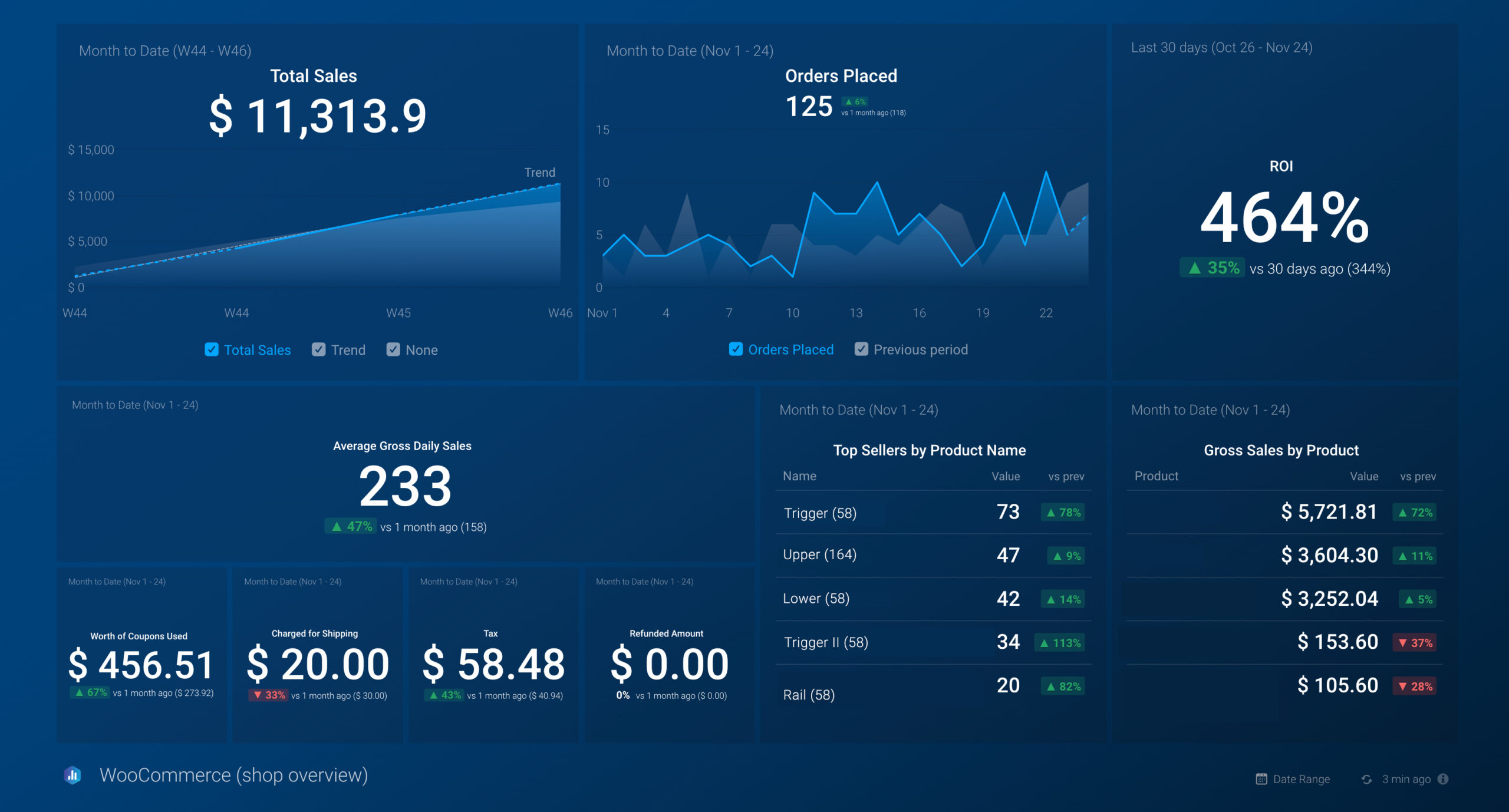
Track your marketing channels for ROI
Tracking and measuring ROI in firearms marketing
Measuring the effectiveness of marketing efforts is imperative for refining strategies and allocating resources judiciously. Establishing clear KPIs aligned with specific marketing objectives—whether it’s increasing website traffic, improving lead generation, or boosting sales—provides a framework for evaluating ROI. Leveraging analytics tools to track and analyze campaign performance across various channels offers actionable insights into what resonates with the audience and where adjustments are needed.
Attributing sales and conversions to specific marketing touchpoints, such as social media campaigns or email promotions, enables businesses to discern which tactics are most impactful in driving revenue. Additionally, calculating the cost of customer acquisition and lifetime value can provide a holistic view of the ROI generated by marketing initiatives. Continuously refining strategies based on data-driven insights and consumer feedback is pivotal for optimizing ROI and staying ahead in the competitive firearms market.
PRO TIP: Conduct quarterly marketing audits to understand what channels are working and what channels are not. Use a tool like Databox to accurately track and monitor your business in real time.
Conclusion: The future of firearms marketing
As the firearms industry continues to evolve, so too must firearms marketing strategies adapt to the changing landscape. With advancements in technology, shifting consumer behaviors, politics, and evolving regulatory environments, firearms businesses need to stay agile and innovative in their approach to marketing. Embracing emerging digital platforms, harnessing the power of data-driven insights, and upholding sound marketing practices will be essential for driving sustained growth and ROI.
By fostering genuine connections with the firearms community, telling compelling stories that resonate with enthusiasts, and leveraging a diverse array of marketing tactics, businesses can navigate the complexities of the industry and thrive in an increasingly competitive market. The future of firearms marketing lies in a harmonious blend of creativity, authenticity, and strategic precision—a formula that will continue to fuel success and enduring relationships with firearm enthusiasts.
In conclusion, by embracing the multifaceted nature of firearms marketing and honing in on the most impactful strategies, businesses can ignite sales and propel their brands towards lasting success. With a deep understanding of the market and a commitment to consistent and sound marketing, firearms businesses can maximize their ROI and carve a meaningful presence within the firearms community.
This comprehensive approach, coupled with a dedication to continuous improvement and adaptability, will empower firearms businesses to thrive in an industry that demands precision, innovation, and an unwavering commitment to authenticity.
5 “Must Do” Firearm Marketing Tips for 2024
Are you ready for 2024?
Global conflicts, increasing crime rates, and a presidential election—in 2024, defense-minded, law-abiding citizens will seek ways to enhance their sense of security for the protection of their families, properties, and rights. Prepare for this heightened interest by proactively organizing your website and firearms marketing strategies to capitalize on the upcoming surge.




